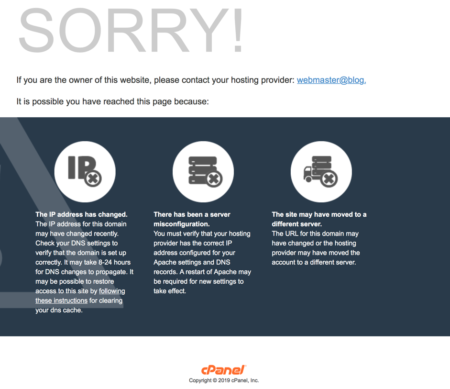Spamming for deliverability
This morning I woke up to a job offer. I hear a number of other email deliverability folks received the same job offer.
I am writing to you from [Company]. We are one of the oldest and best reputed partners for Salesforce. We have succeeded because we only hire the best, most experienced developers. We have a need for an excellent expert in deliverability. We have been watching you for years via social media and we feel that you are proven and match this profile. If you are satisfied where you are, then we apologize for bothering you, however if you welcome the challenge of being stretched by working with the best and brightest in the world, we want to talk to you.
Most of our developers work remotely from their home. We have complete centralized support for you, you will be expected to concentrate on helping customers solve their deliverability problems and you will be working with the largest corporations and with growing small and medium size businesses. This is a fulltime position with full benefits.
We are interested in you, and we would like to discuss the position with you so that we may proceed. Please just reply to this email and let me know your preferred method of communication. We have multiple open positions, so please share this invite with others you feel are qualified.
I know a lot more about this particular position than is conveyed in the email. See, last week I spoke to Company. They were looking for some help with deliverability. Not, of course, the kind of deliverability I do they have all the expertise they need in high level strategy. Instead, they wanted someone to run Salesforce reports and … something? It was never that clear what they were expecting to do with the Salesforce reports as they didn’t need advice or assistance.
The email itself links to a website and a blog site. If I click on the blog site gives me a default CPanel “this website is horribly misconfigured” error page. If I go to their website and click “blog” it shows me a blog that’s not been updated since Dreamforce 2017.

I share this so that my deliverability colleagues are aware that this company is scraping and sending out mail without even checking basics like “did we contact this person already?”
I’m also a little concerned about the offer of full time remote work. Given how this position was pitched to me last week and how it’s being pitched in the email, I’m really unsure this is a legitimate offer. It also looks like it is, potentially, a bad cut and paste of a job offering a different position. Of all the things I’ve heard deliverability folks called “developer” is not on the list.
Just be careful out there.

